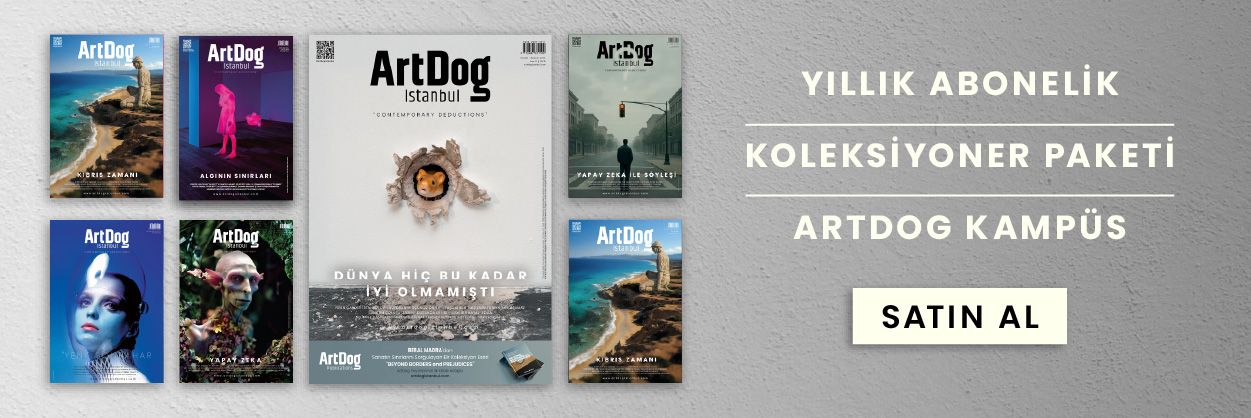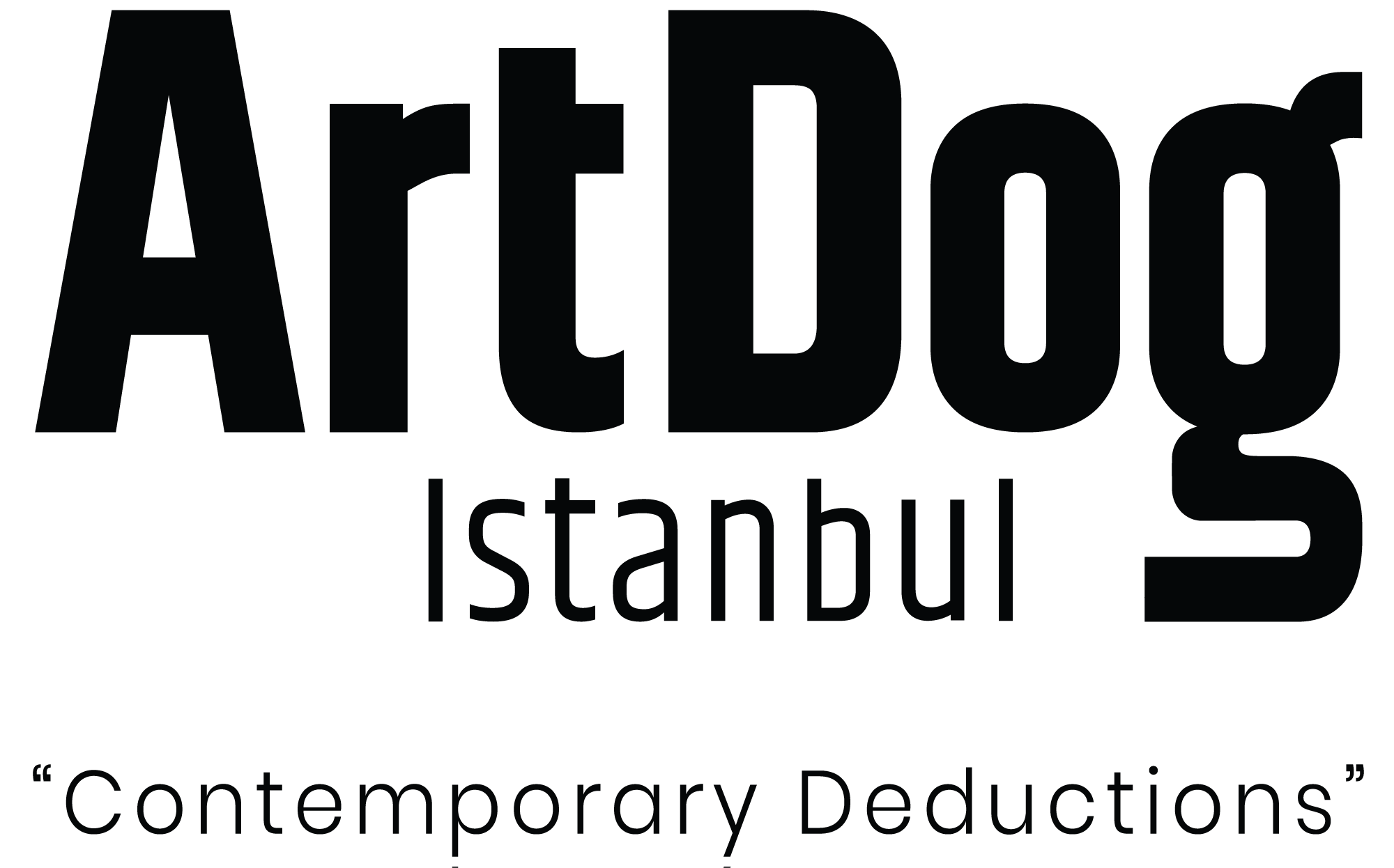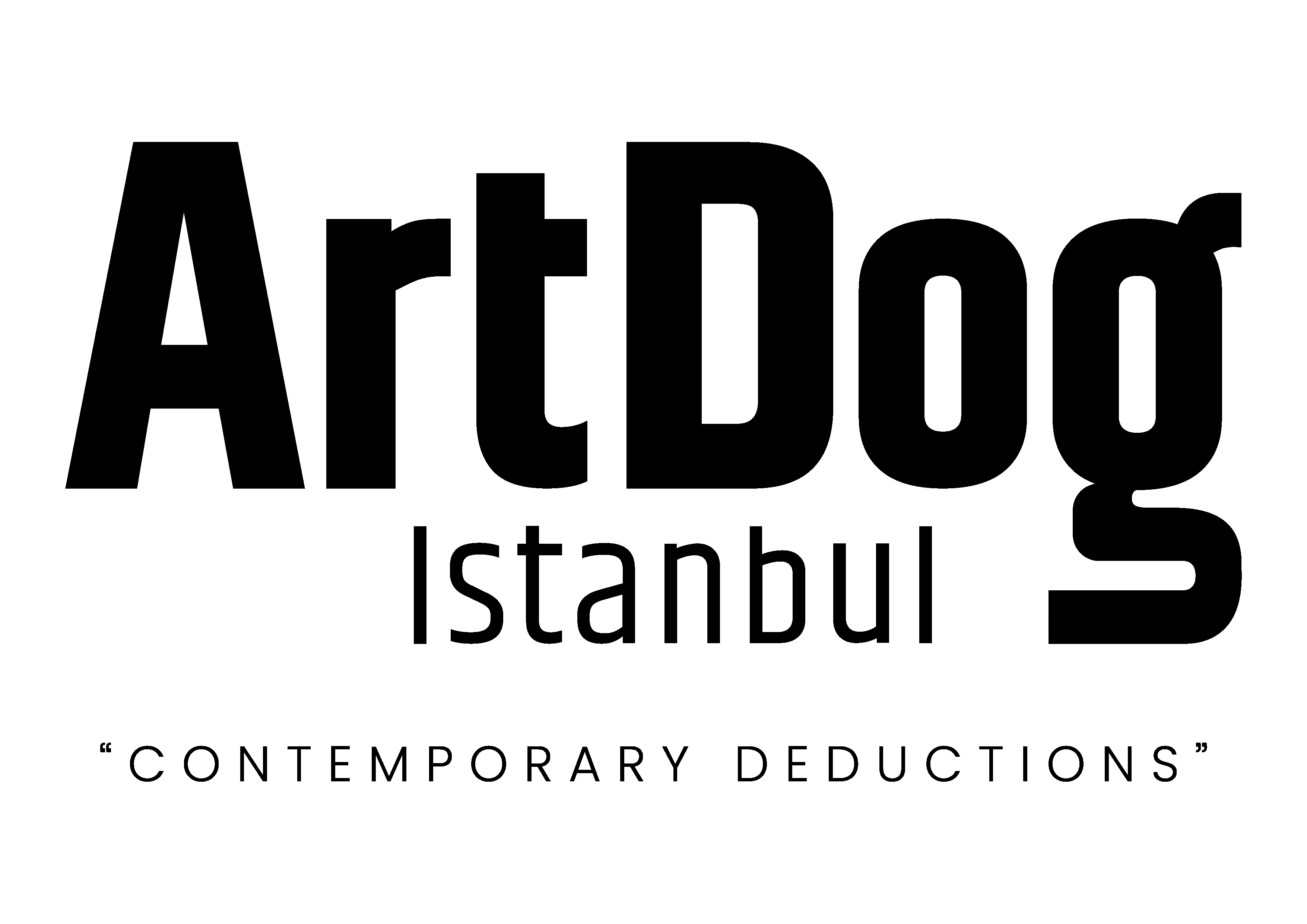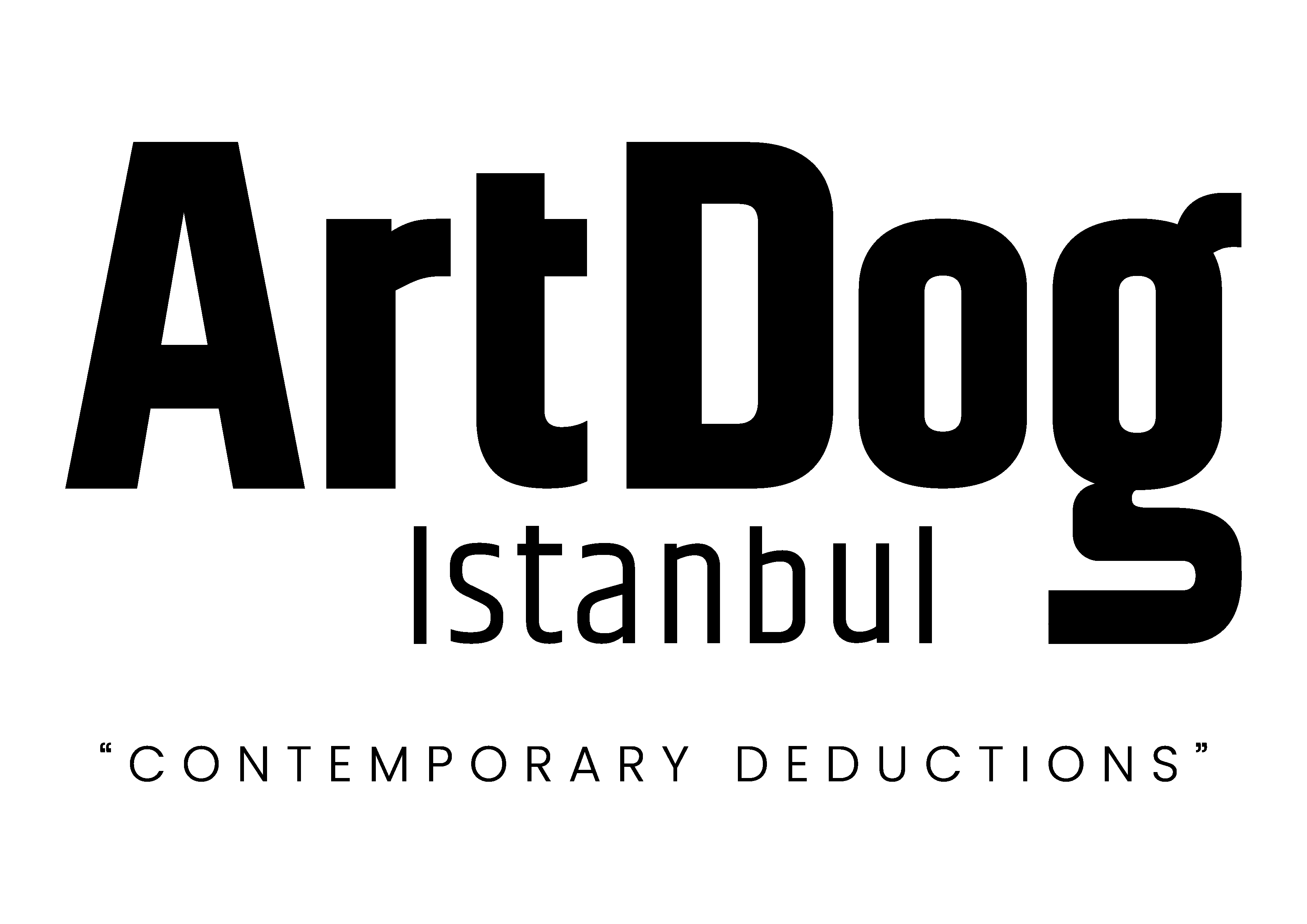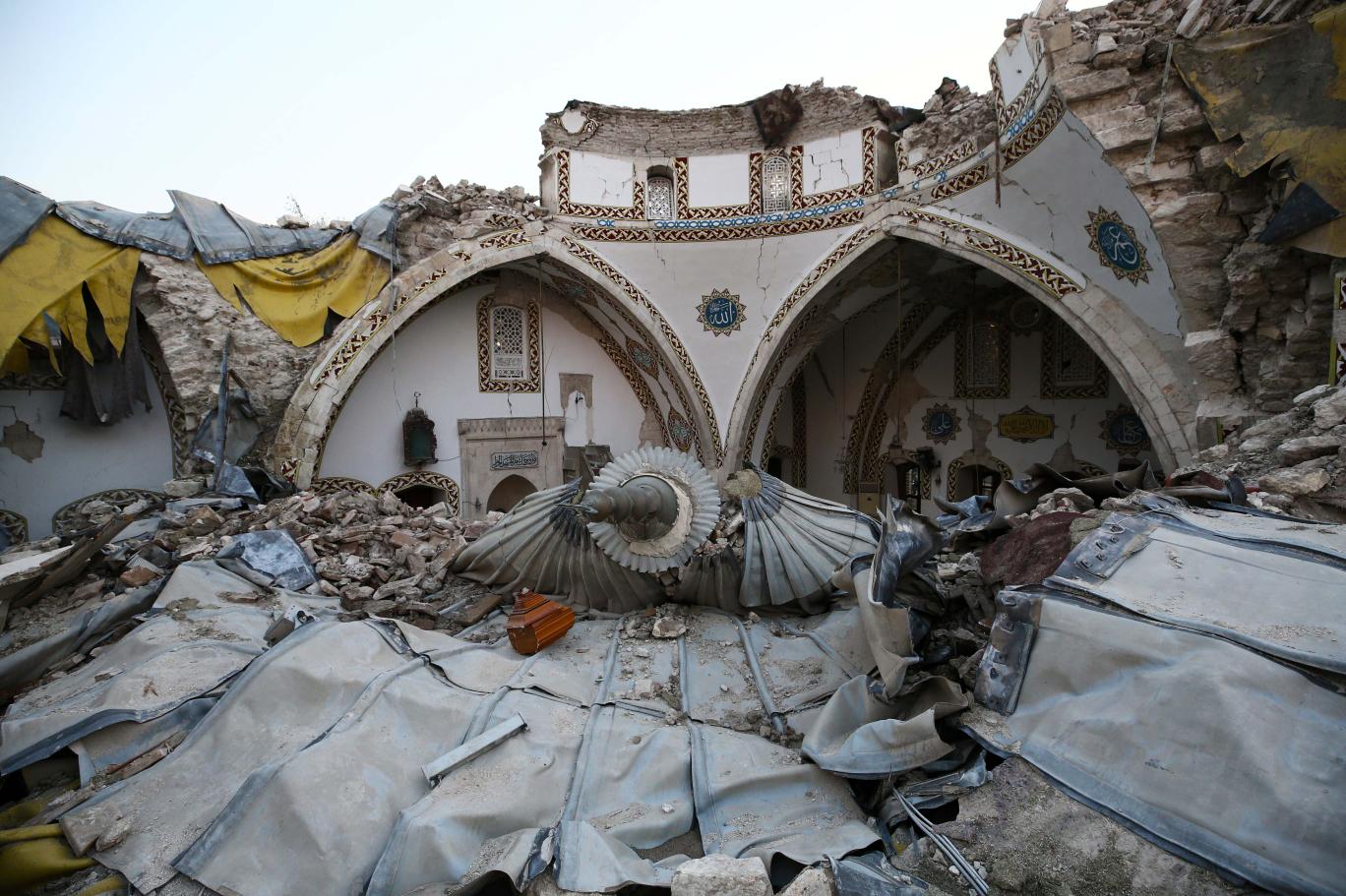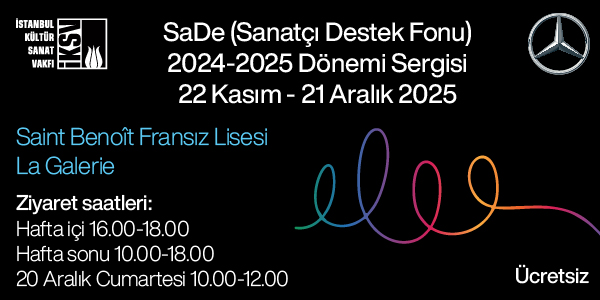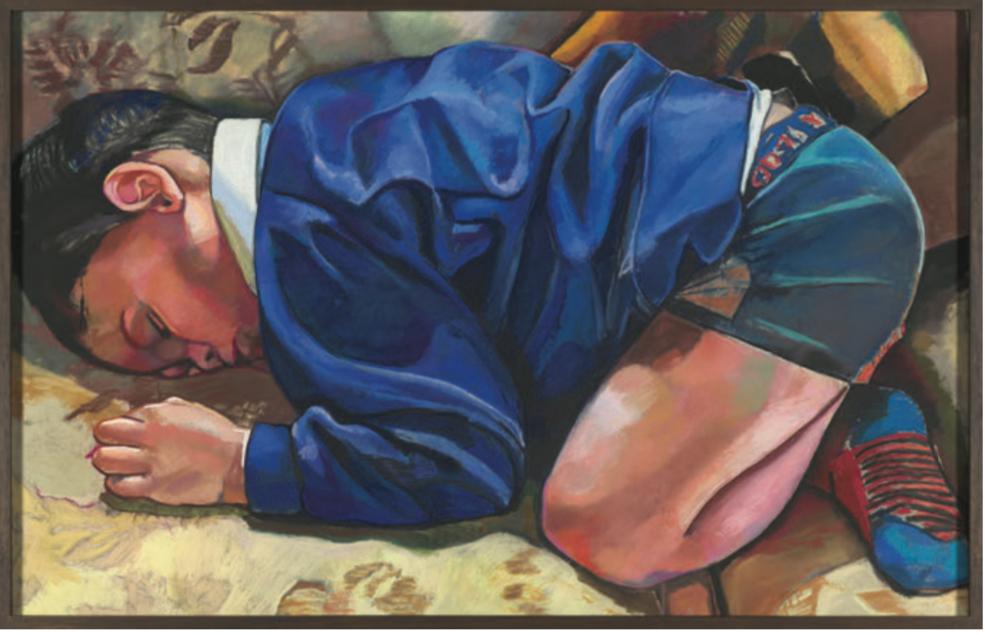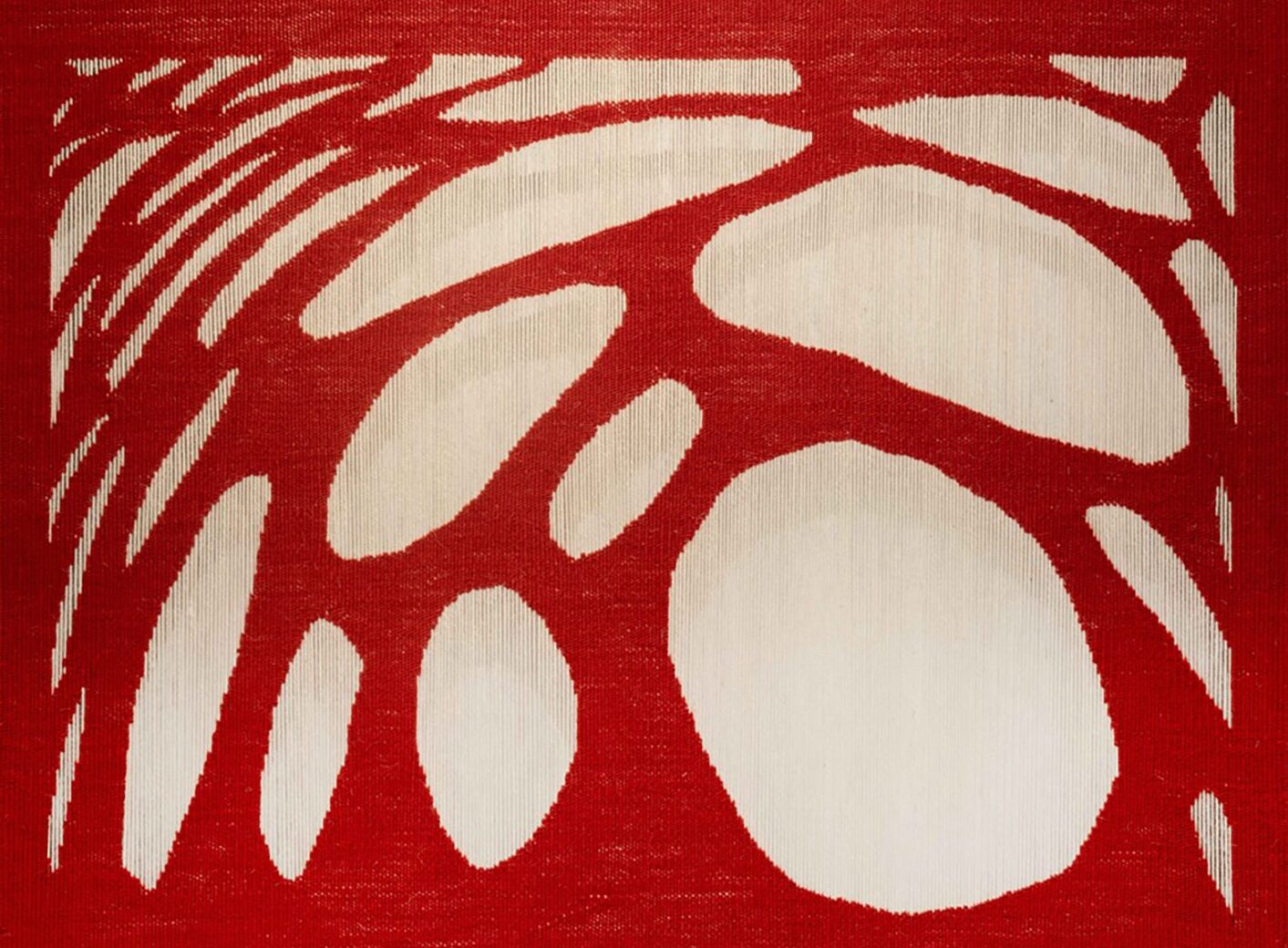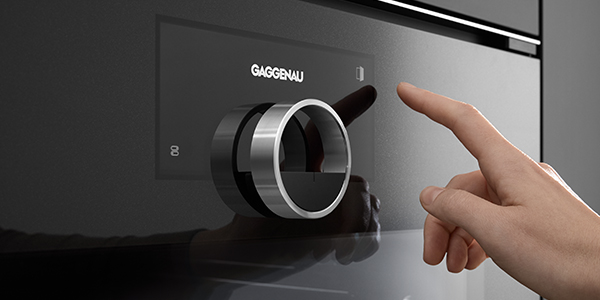Contemporary Istanbul Foundation is launching an educational project for the students of the Faculty of Fine Arts at Mustafa Kemal University in Hatay, one of the regions affected by the 2023 earthquakes. Rabia Bakıcı Güreli shared insights on the program, which began on April 4 and is envisioned as a “space for starting anew.”
From April 4 to May 25, the Contemporary Istanbul Foundation is running an educational program aimed at supporting students of Mustafa Kemal University’s Faculty of Fine Arts in Hatay, one of the cities most affected by the February 2023 earthquakes. We spoke with Rabia Bakıcı Güreli about the program’s content and objectives.
Do you believe that cultural and arts organizations hold a social responsibility beyond supporting artists? If so, how do you fulfill that responsibility?
Absolutely. Art is more than a medium of production; it is a means for connection, healing, and collective reconstruction. As Contemporary Istanbul Foundation, we focus not only on artists but also on the broader society we are part of. We want to expand our journey from Istanbul to different regions of Turkey to spread art’s transformative power to more people. Our educational program in Hatay is a concrete reflection of that social responsibility.
What role do educational programs play in helping artists and students in post-disaster zones like Hatay rebuild their artistic practice? How do you expect these programs to contribute to psychological and artistic recovery?
“We Designed This Program Not Only as a Technical Training, but Also as a Space to Start Anew.”
We envisioned this program not just as a technical education but also as a space to begin again. While giving students access to industry knowledge, we also designed sessions that would allow them to form emotional connections and find spaces for expression. We believe in art’s healing power—both individually and socially. We aim for this program to offer young artists in Hatay a creative outlet and a space to breathe emotionally.
How should art education be reshaped in an earthquake-affected region like Hatay? What specific support do you provide for artists and students in this context?
Education is not only the transfer of technical knowledge but also a platform for connection, solidarity, and co-creation. In our program, we included not just art production but also topics such as digital media literacy, ethical responsibility, income models for artists, career planning, and areas in the art world beyond being an artist.
“Students Feel That They’re Not Alone and Start Engaging with the Realities of the Industry Even Before Graduation.”
Our instructors are pioneers from within the art world who can guide students. They share their experiences—both positive and negative—so that students know they are not alone and can begin to understand the industry while still in academia.
How do you see the role of art education in the emotional and psychological recovery of artists? Is this kind of healing and motivation a core goal of your programs?
Yes, absolutely. One of the program’s core motivations is to support personal awareness, effective communication, and positive thinking. Equally important is providing a safe space where students can freely express themselves and share their creative work.
What are the most important opportunities this program provides for students in the earthquake zone? How will it support their personal and artistic development?
Students will have the chance to directly engage with industry professionals and build a tangible portfolio by the end of the program. They will receive certificates and feedback from instructors that can help them stand out. Selected students will also be invited to Istanbul to engage directly with the art scene—an invaluable opportunity in terms of motivation and visibility.
What kind of opportunity does digital media offer, especially for artists in Hatay? Can digitalization create new pathways for connection and visibility in the post-disaster context?
“Today, Digital Media Is Not Just a Showcase, but a Space for Production, Visibility, and Engagement.”
Absolutely. Digital media today is not just a showcase—it’s a space for creation, visibility, and engagement. With workshops led by Dilara Eldaş on digital identity, the NFT economy, and social media literacy, we aim to help young artists carve out space for themselves in the digital realm. Especially in areas where physical resources are limited, this is a powerful tool.
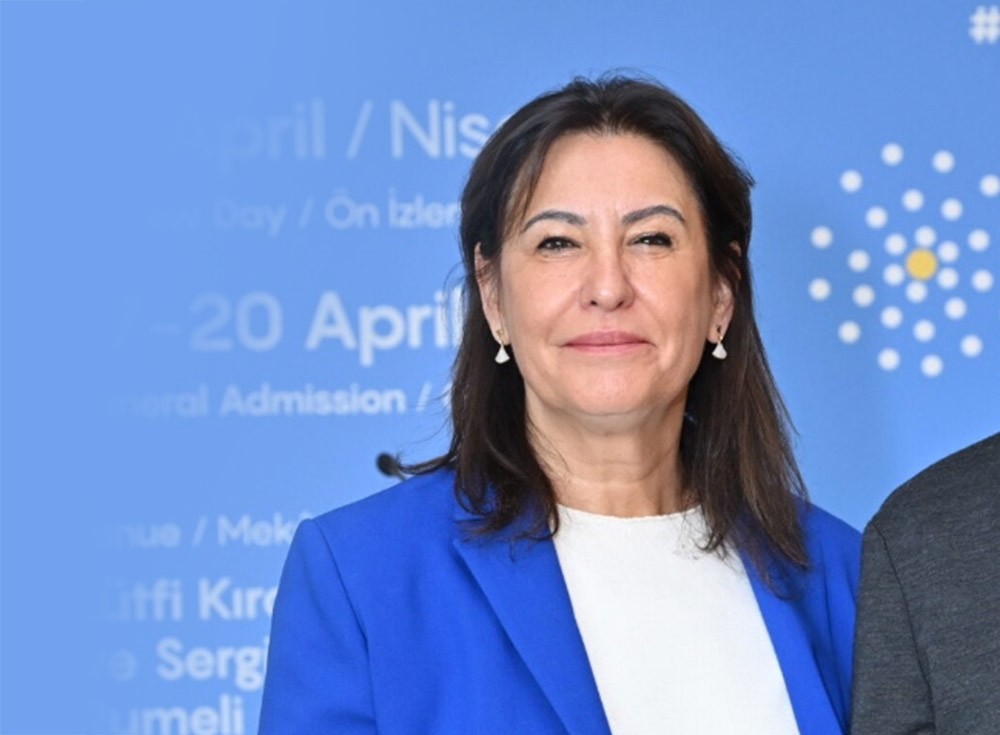
What long-term impact might this program have on the career development of artists in Hatay? How can artists build stronger connections with society in the post-earthquake recovery process?
Artists are not only creators but also bearers of collective memory. Their empowerment strengthens society as a whole. This is true for all fields of art. The more present art is in everyday life, the more society benefits. Through the knowledge, communication skills, and industry connections provided in this program, students will take more confident steps, expand their impact, and perhaps express themselves in different roles within the art world. The networks they build with instructors and the Istanbul art community will further reinforce this.
How can this program strengthen students not only artistically but also socially? How does art contribute to social healing and solidarity?
“This Is Not Just an Educational Process; It’s a Journey Based on Mutual Learning that Supports Social Healing.”
At the heart of the program is the idea of healing and connection through art. Students feel they are not alone, they connect with instructors from other cities, and they feel supported. This gives them psychological strength. This is not just an educational process—it’s a mutual learning journey that supports social healing.
What kind of guidance do the program’s career and personal development sessions offer to artists in Hatay? How do you support artists in setting goals and developing themselves personally?
It’s important for artists to build a sustainable lifestyle, not just create art. That’s why Ayça Aytaç’s modules address this directly: self-awareness, goal setting, effective communication, networking… These sessions help students understand themselves better and build a solid foundation for shaping their identities as artists.
How do you plan to collaborate with local communities to better understand the needs of artists and students in the post-disaster context? What kind of interaction will the program foster in this regard?
We’re carrying out the program in direct collaboration with Hatay MKÜ Faculty of Fine Arts. The content and needs are shaped by feedback from both students and instructors. At the end of the program, additional feedback will help determine the next steps. We did not go there to “teach,” but to co-create and learn together. The structure of future editions will also be shaped by participants’ experiences, based on comprehensive feedback and evaluation surveys.
This model can serve as an example not just for Hatay but for any region going through similar challenges. Our goal is to make art not just a tool for healing, but also a foundational element of rebuilding.
Project Goals
Contemporary Istanbul Foundation outlined the following goals:
“The devastating earthquake of February 6, 2023, radically changed every aspect of life in Hatay. Hundreds of buildings collapsed, and thousands were severely damaged. Students at Mustafa Kemal University’s Faculty of Fine Arts lost not only their educational environment but also their dreams, future plans, and motivation for artistic production.
Many students who had aspired to lives intertwined with art had to pause their education after the disaster. These young people—many of whom lost family members, teachers, and friends—were forced to reshape their career paths due to economic hardship and psychological trauma. A lack of awareness about alternative professional paths within the arts has made it harder for them to find their place in the industry.
This project aims to guide art students as they rebuild hope for the future, introducing them to various career paths in the art world and helping them establish a strong professional foundation. The program will emphasize that art is not limited to creative production—it offers a wide range of professional avenues, from curating to art management, from museum work to art writing.
We believe in the healing and transformative power of art in earthquake-affected regions. Through this project, students will not only gain professional skills but also learn solidarity, self-confidence, and how to use art as a tool for healing.”
Training Schedule
Training Period: April 4 – May 25, 2025
Format: 24 online classes totaling 40 hours
Additional Workshops: Two 2-hour workshops with two different artists at the end of the program
Curriculum
-
Ardan Özmenoğlu & Sera Sade | How to Prepare an Effective CV and Portfolio for Artists
-
Seçkin Pirim & Zeynep Pakel | How to Prepare an Effective CV and Portfolio for Artists
-
Marcus Graf | Curating and Academia
-
Melike Bayık | How to Prepare an Effective Portfolio & Art Foundation Management
-
Sarp Kerem Yavuz | Artist Statement (Shaping Your Statement in the Age of AI)
-
Fırat Engin | Fundraising
-
Levent Çalıkoğlu | Art Institution Management
-
Hatice Utkan Özden | Art Writing and Journalism
-
Necmi Sönmez | How Can Art Change Lives?
-
Derya Yücel | Art Criticism
-
Rabia Bakıcı Güreli | Art Fair Management
-
Levent Erden | The Future of Art
Organized in collaboration with Hatay Mustafa Kemal University and supported by Tosyalı Holding, this certified program on art careers and professional development will be delivered over 8 weeks through 24 sessions by 18 instructors.
The program is open to 3rd and 4th-year students in the Painting, Sculpture, and Graphic Design departments.
Classes will be held on campus in Hatay, with students participating in person and instructors joining online.
Students from other departments interested in the program may also attend online as listeners.
Further information can be found on the Contemporary Istanbul Foundation website.

